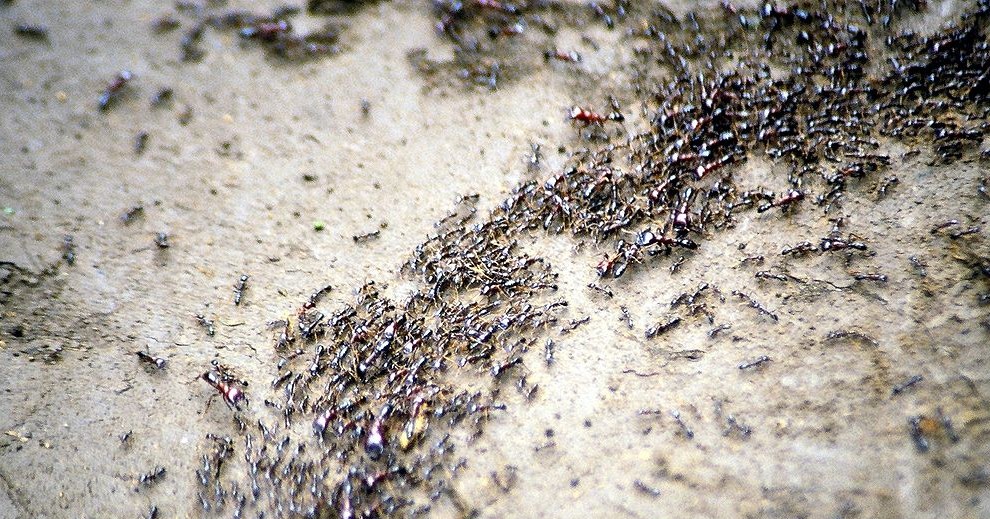Our overall objective is to estimate the economic costs of biological invasions.
Biological invasions have been unambiguously shown to be one of the major global causes of biodiversity loss. They also induce massive financial losses within our societies, either directly (e.g., through consumption of crops or degradation of infrastructure), indirectly (e.g., by impacting various ecosystem services) or through management expenditures. Despite the magnitude of these threats and advances in our understanding of their ecological impacts, the knowledge on the economic impact of these invasions remains limited. Within this context, the monetary quantification of impacts of invasive alien species (IAS) is a fundamental step to (i) raise public awareness and compel policymakers to focus more attention on IAS, (ii) improve assessment of proactive surveillance and control actions as well as prioritization of management efforts at relevant scales, and (iii) support efficient and cost-effective decision-making.
Since 2014, our research group at University Paris Saclay has constructed the InvaCost database, the most up-to-date, comprehensive, and standardized data compilation and description of economic cost estimates associated with IAS worldwide. From tens of thousands of sources, including scientific peer-reviewed articles and grey literature (in 14 languages), we extracted explicit estimations of over 13,000 costs associated with IAS, then coupled them with over sixty descriptors.
The major contribution of InvaCost – besides identifying, collating and describing economic costs – has been the methodology to standardize intrinsically complex and heterogeneous costs so that they can be compiled and compared, allowing analyses that were hitherto impossible. From this database, we have started basic, descriptive analyses, allowing us to consolidate a solid, operational network of over 100 experts from 42 countries, representing several disciplinary fields: ecologists, economists, statisticians, data analysts and experts of different ecosystems and taxonomic groups.
